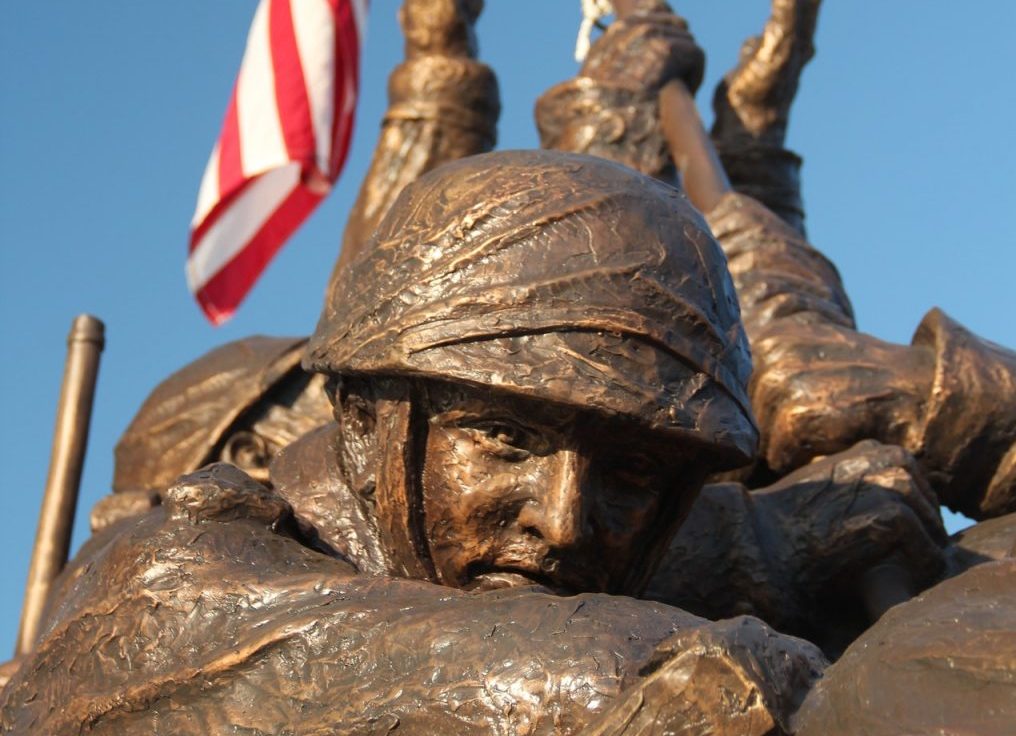Entrepreneur Artist: Everything You Need To Know About Bronze Casting And Foundry Work
In a world overly-saturated with mass-produced products, people are becoming more and more appreciative of the
novel and the distinct. Thus, foundry work is once again amassing an increasingly growing audience.
From https://www.firebirdbronze.com/, here’s why bronze casting is not only an excellent investment but a unique form of art you can use to create a business as an artist and to treasure personally for ages to come.
What Is Bronze Casting?
Bronze is among the most popular “casts” or materials used in metal sculpting. Having the capability to expand to a certain degree is what allows it to follow even the most intricate of moulds down to the detail.
At the same time, it shrinks slightly as it cools, which helps the founder remove it from the mould relatively easily.
History Of Bronze Foundry
History tells us that the use of bronze as the main material for everyday-objects was practised by the Sumerians in 35000 B.C. Against this background, it’s said that the Chinese and the Egyptians were also among the early civilizations that used the alloy considerably around the same era.
But in the context of bronze foundry and bronze sculpting as an art form, it’s possible that the Greeks were responsible for refining bronze-casting methods. They were the pioneers of creating life-size bronze figures.
On the other hand, the ancient Chinese followed suit as they developed detailing tools for moulding intricate patterns on bronze objects. Such figurines were highly prized in that only they were mostly made for nobility. Afterwards, these prized items would join their “noble” owners to their graves and be buried therein.
Today, foundry work is considered “modern art”. There are varieties of processes and materials that can be employed according to the type of design one wants to create. Bronze art continues to be of significant value because of the complexities of the approaches to casting, and the time and dedication it takes modern artists to complete each piece of work.
Properties Of Bronze
1. High Ductility
An object being “ductile” refers to how it has the capacity to be changed in its physical structure without breaking. And bronze is a perfect example of this. It can be hammered and spread into thin sheets, drawn-out and pulled to form thin wires and threads, folded into layers, etc.
2. Fusibility
This is closely related to bronze’s high ductility. Fusibility speaks of the ease with which a material can be melted, and therefore, moulded. Something that casters love about bronze. As long as it reaches a certain melting point, it can be shaped and reshaped readily.
3. Oxidization
The outer layer of bronze can be oxidized. Oxidation occurs when its surface is exposed to oxygen, hence the term. As a result, a coating called a “patina” appears. This patina serves as a protective layer against corrosion. And this will be achieved only as long as chlorides are absent from the bronze materials being sculpted, and from the founding process itself.
4. Wear-Resistance
Here’s a feature that has to do with longevity. Bronze is an alloy known for its wear-and-tear property. It can keep its shape, integrity, and hue after a long period of time. Though bronze can
be taken care of pristinely by securing it away from corrosives and high-humidity areas, it’s generally able to survive in most types of environments.
5. Low Brittleness
Unlike pure copper, bronze can withstand light amounts of pressure, compression, vibrations, and weight, when said stressors are enforced upon it. Bronze is low in brittleness and is less likely to fracture. Thin layers of bronze may be subject to slight deformation because of the aforementioned variables. But in general, they do not easily crack and/or split.
Bronze casting is an artist tool to create unique pieces that set you apart from other artists. As an entrepreneur, it can help get you access to a refined audience of potential customers.

